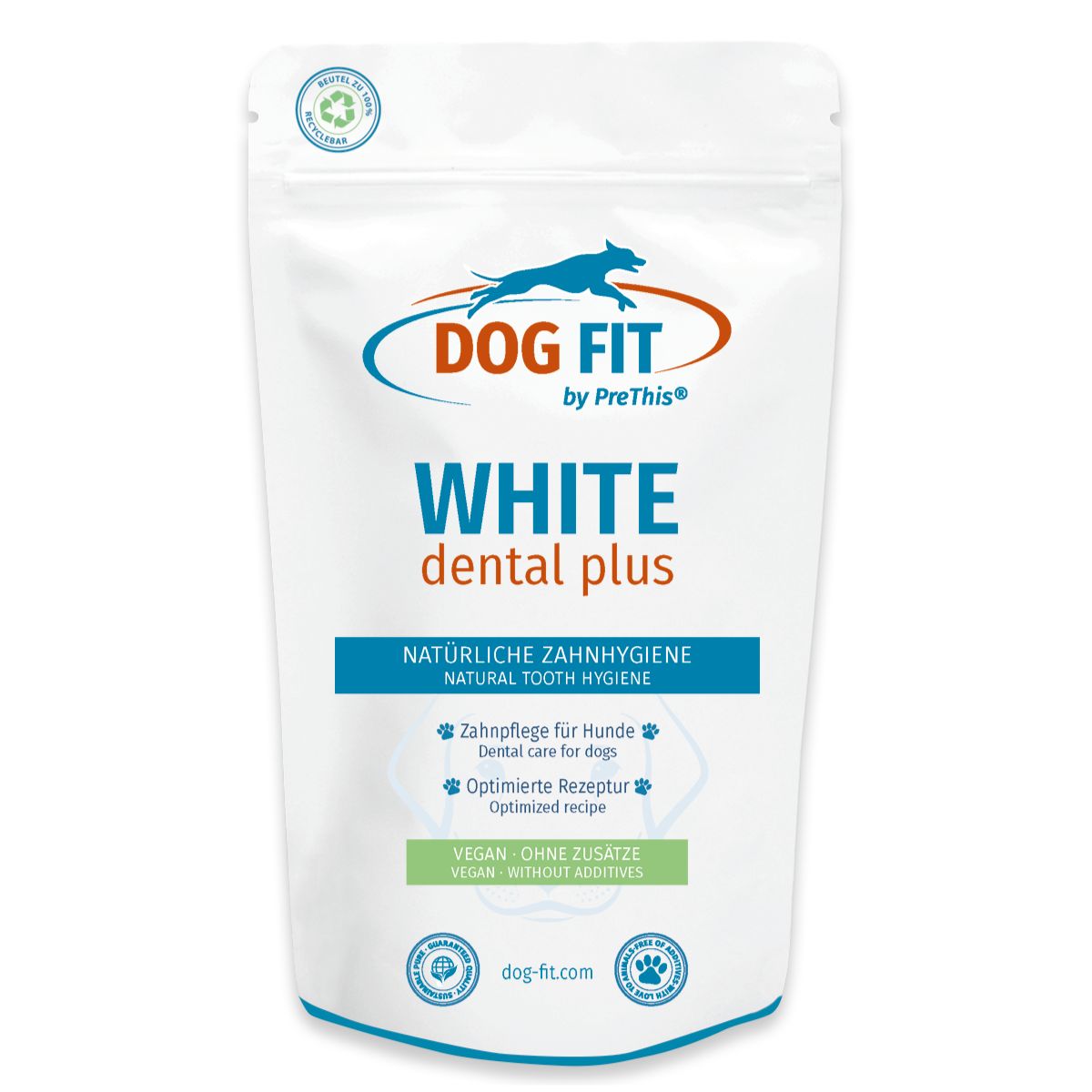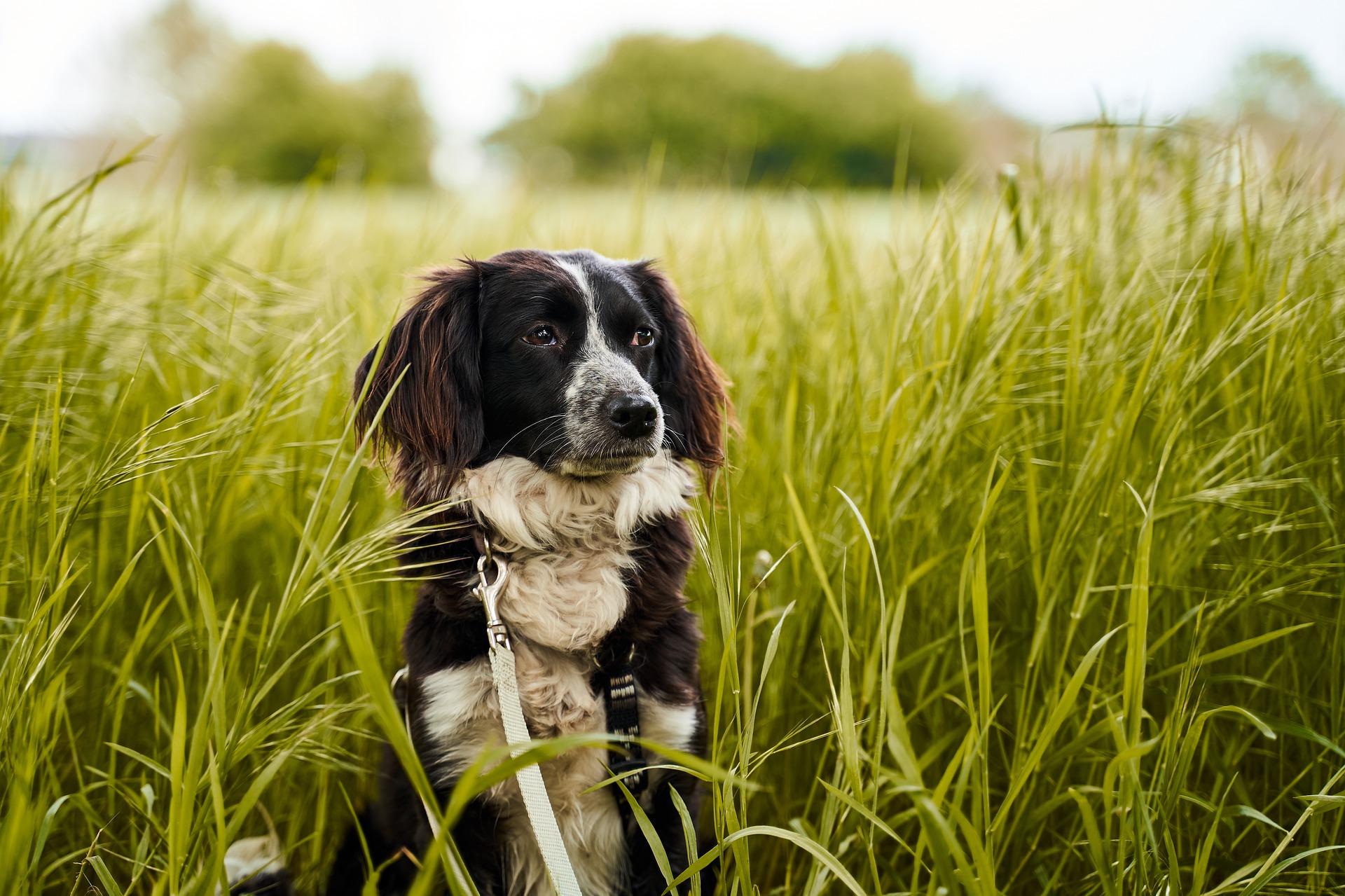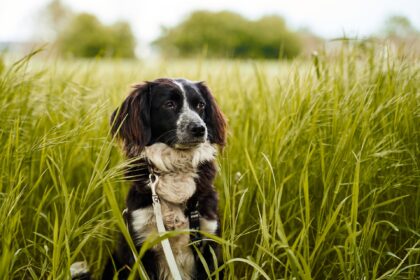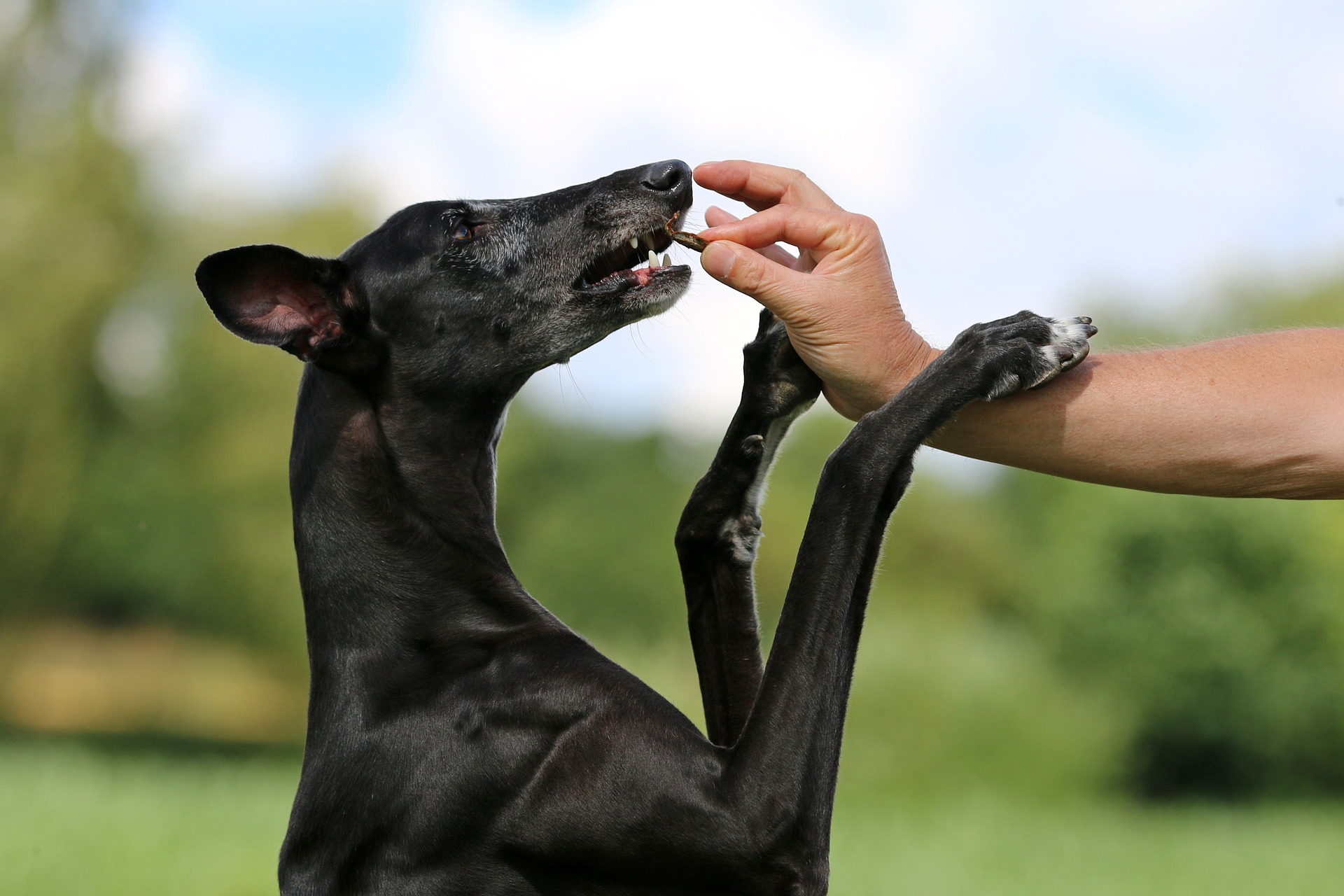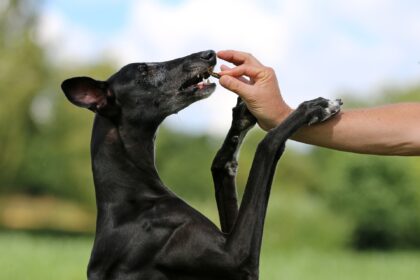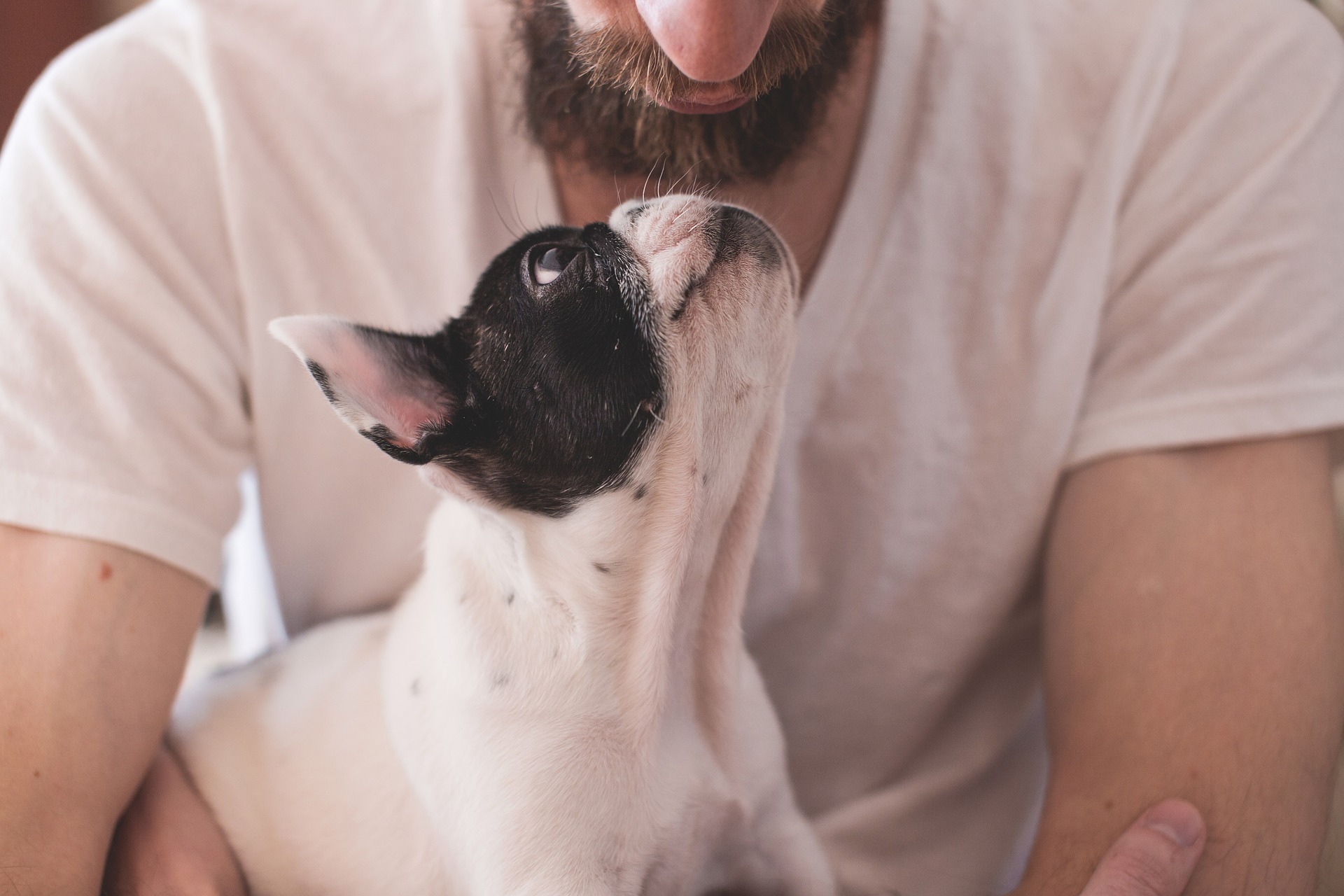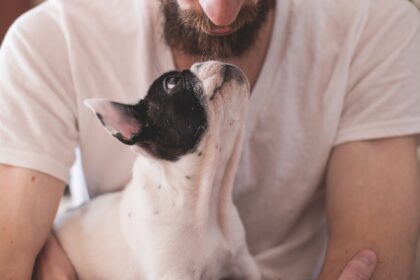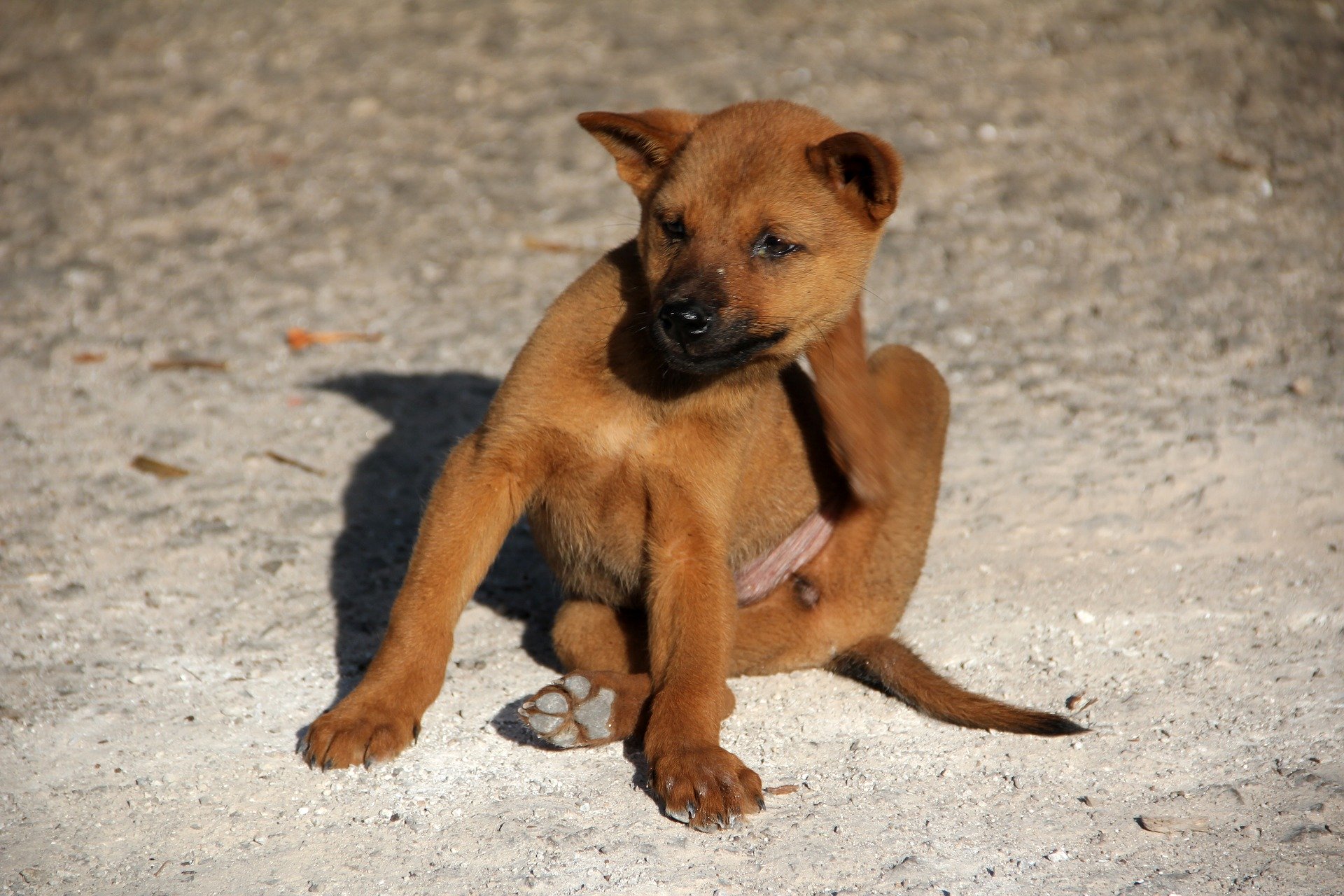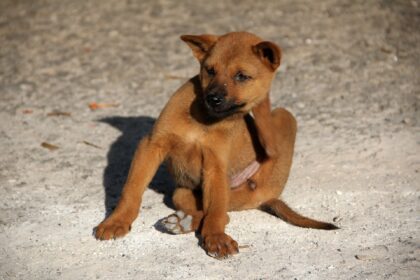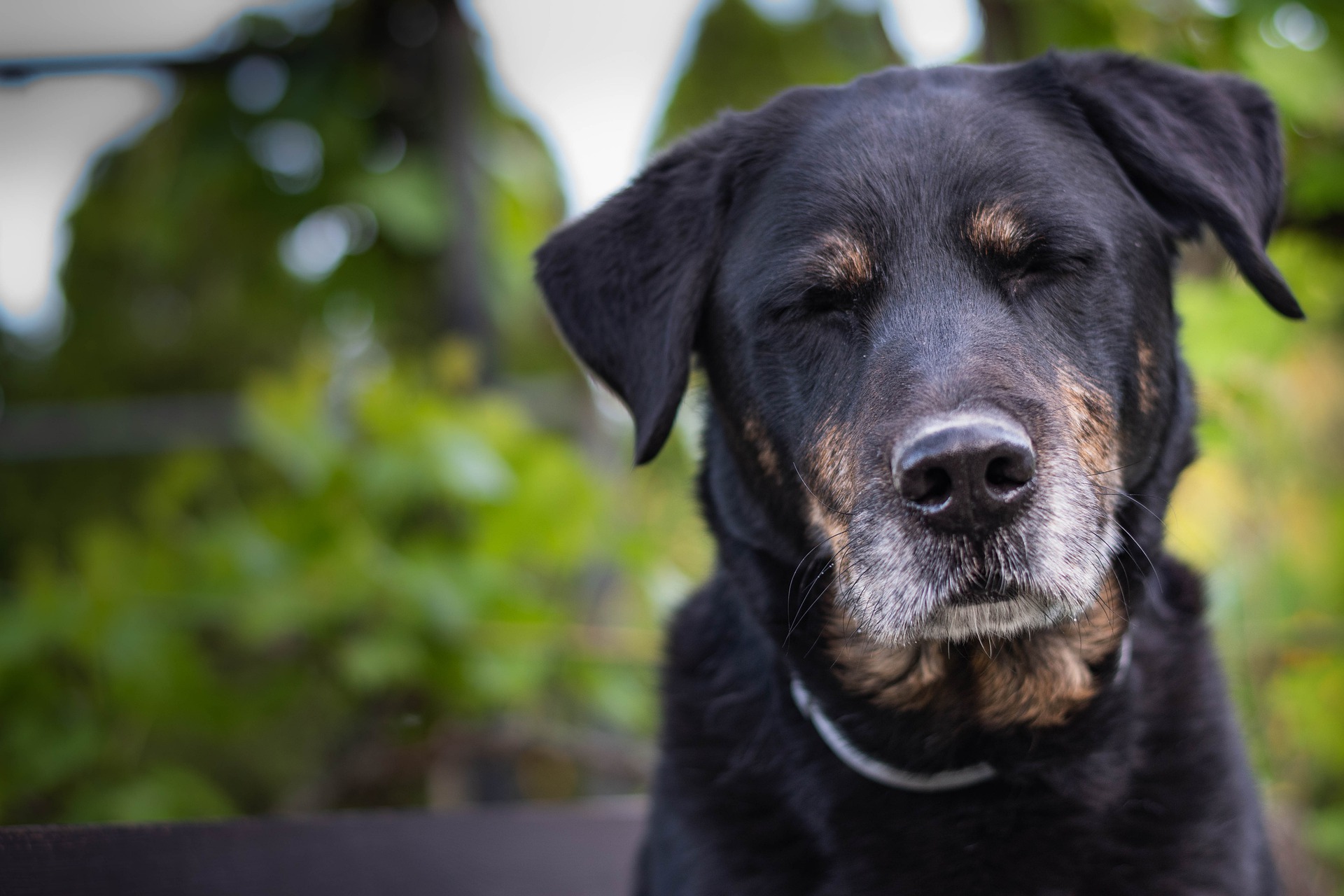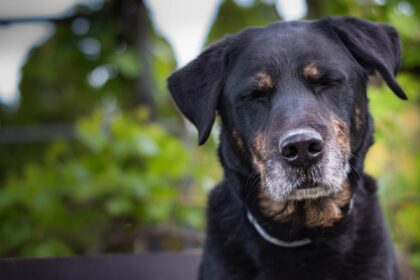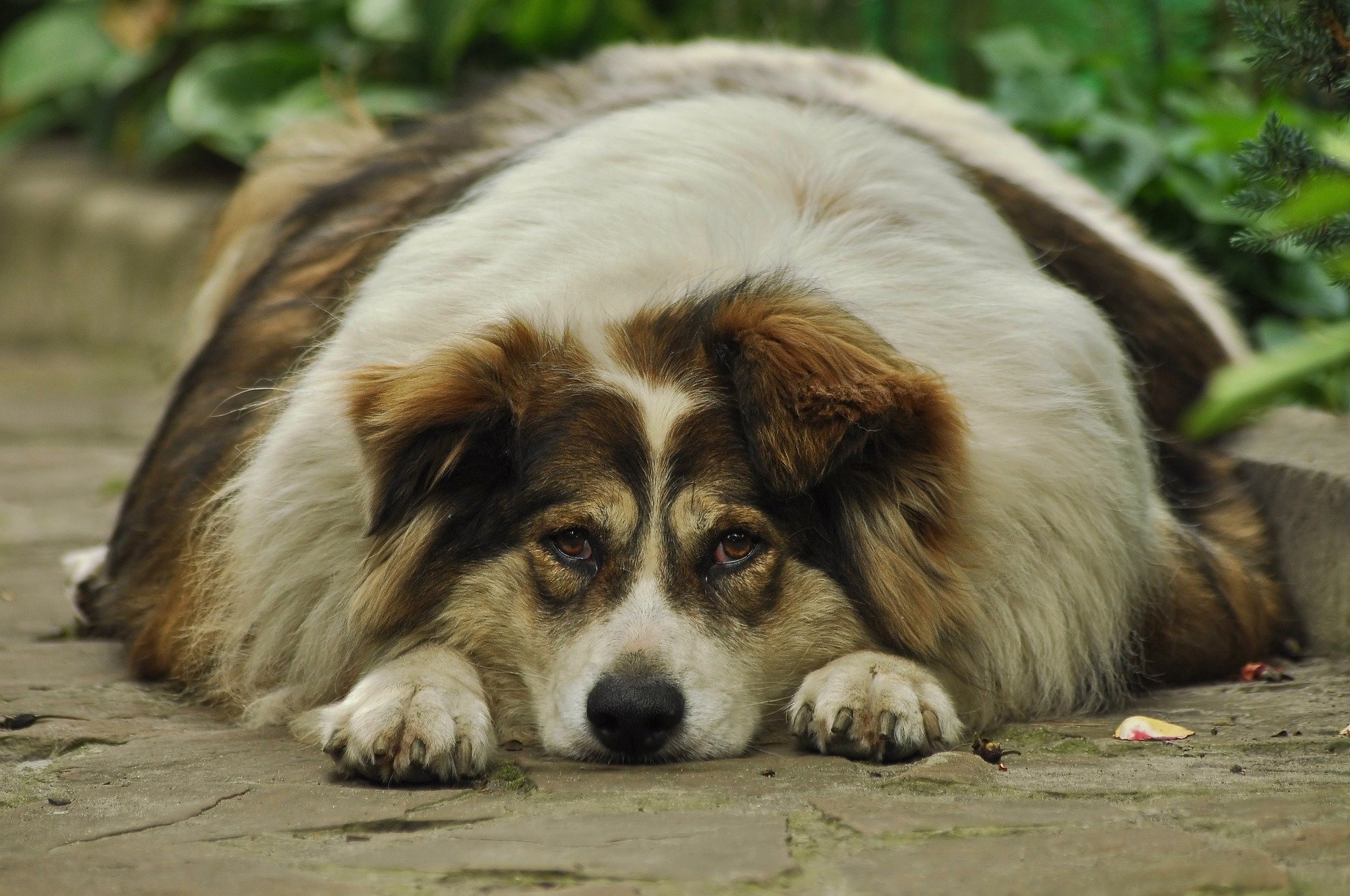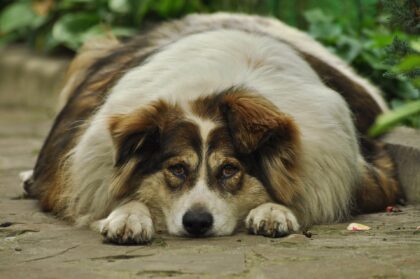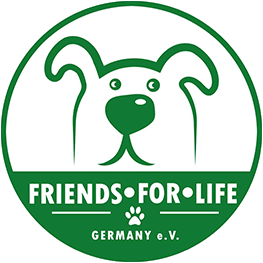- BY DOG FIT by PreThis®
- POSTED IN News Magazine
- WITH 0 COMMENTS
- PERMALINK
- STANDARD POST TYPE
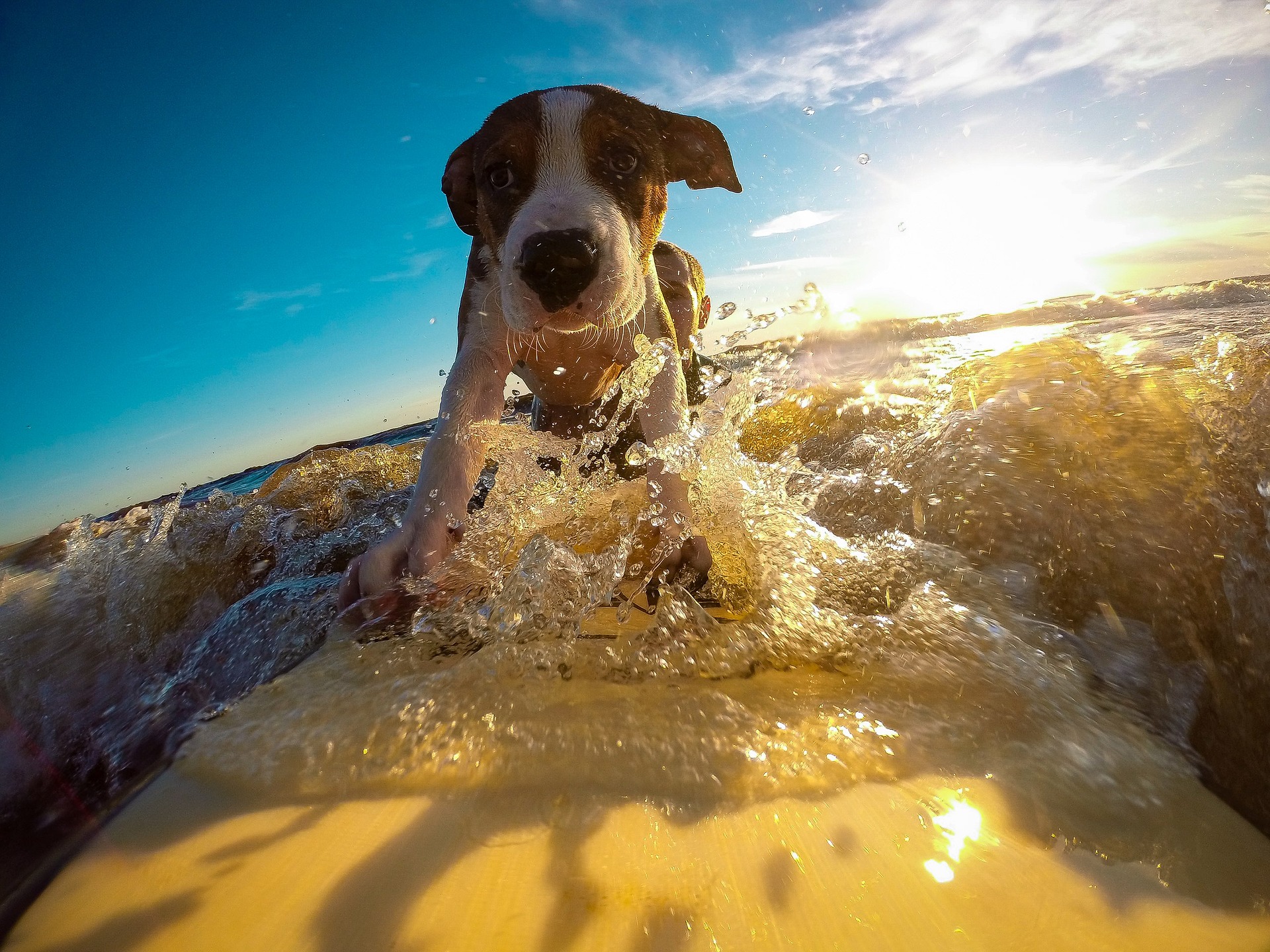
 Since travel is permitted again with certain conditions, you can go on vacation with your dog again if you want to. There are many options, especially here in Germany, hotels that allow dogs, holiday homes and resorts and many more. You can also become self-employed and go on a trip with your own or rented motorhome to start an adventure camping holiday!
Since travel is permitted again with certain conditions, you can go on vacation with your dog again if you want to. There are many options, especially here in Germany, hotels that allow dogs, holiday homes and resorts and many more. You can also become self-employed and go on a trip with your own or rented motorhome to start an adventure camping holiday!
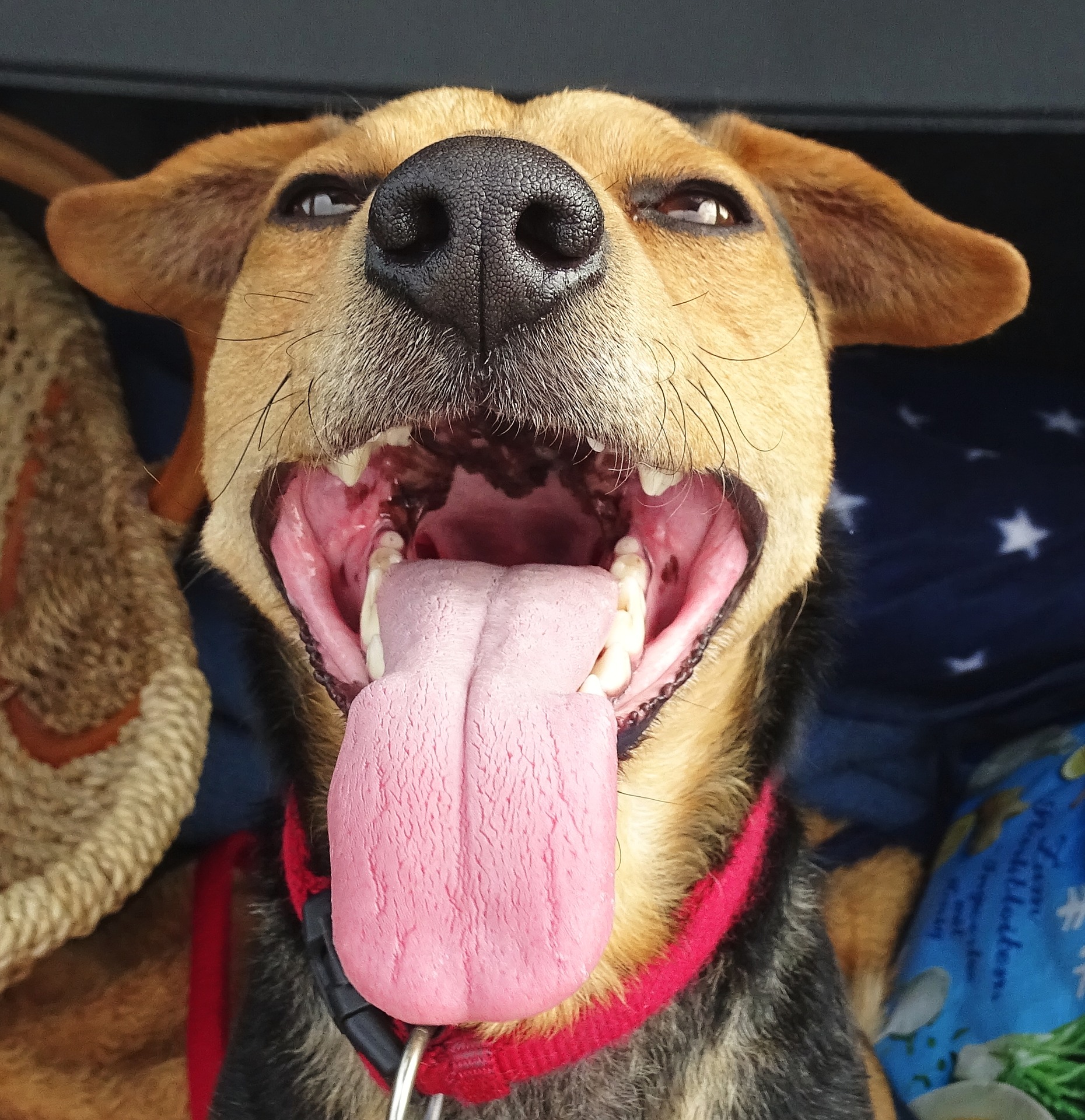
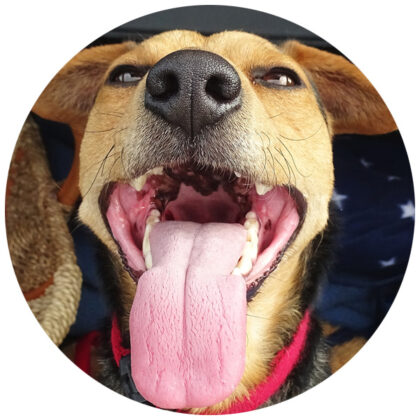
 Nature often offers us a wealth of options to restore our dogs’ bad breath flora. However, we should take a step back and first rule out food residue between the teeth as the cause. Consider whether you’ve changed brands of food, or whether your dog previously had no bad breath on the same brand of food. If you’ve changed food, first return to the previous food. If you’ve switched due to intolerances, please try a different food. Keep in mind that dry food isn’t necessarily the best choice. Dry food can actually be just as unhealthy as fast food for humans.
Nature often offers us a wealth of options to restore our dogs’ bad breath flora. However, we should take a step back and first rule out food residue between the teeth as the cause. Consider whether you’ve changed brands of food, or whether your dog previously had no bad breath on the same brand of food. If you’ve changed food, first return to the previous food. If you’ve switched due to intolerances, please try a different food. Keep in mind that dry food isn’t necessarily the best choice. Dry food can actually be just as unhealthy as fast food for humans.
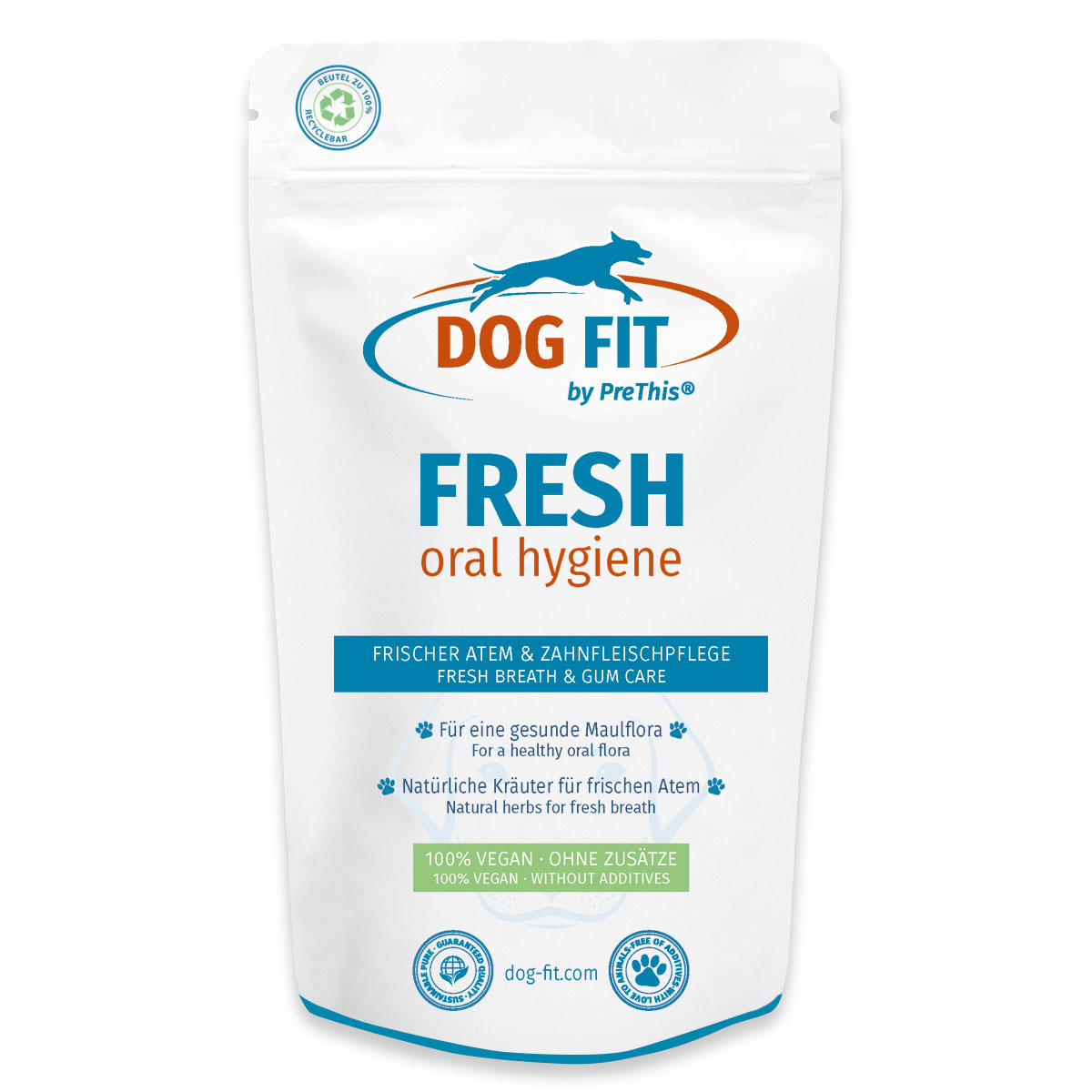
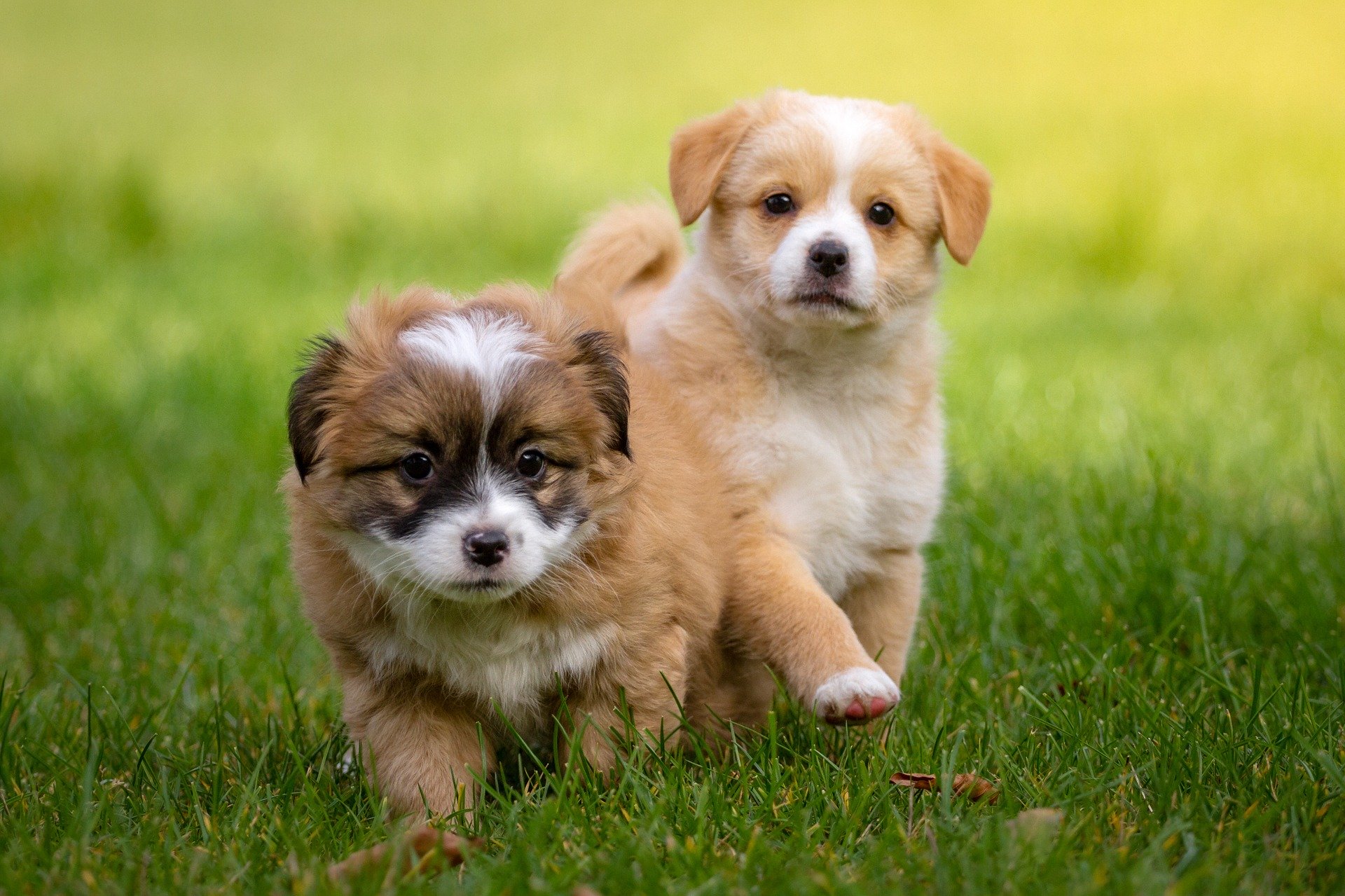
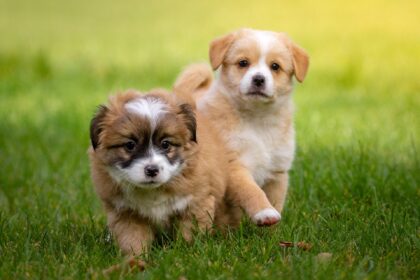
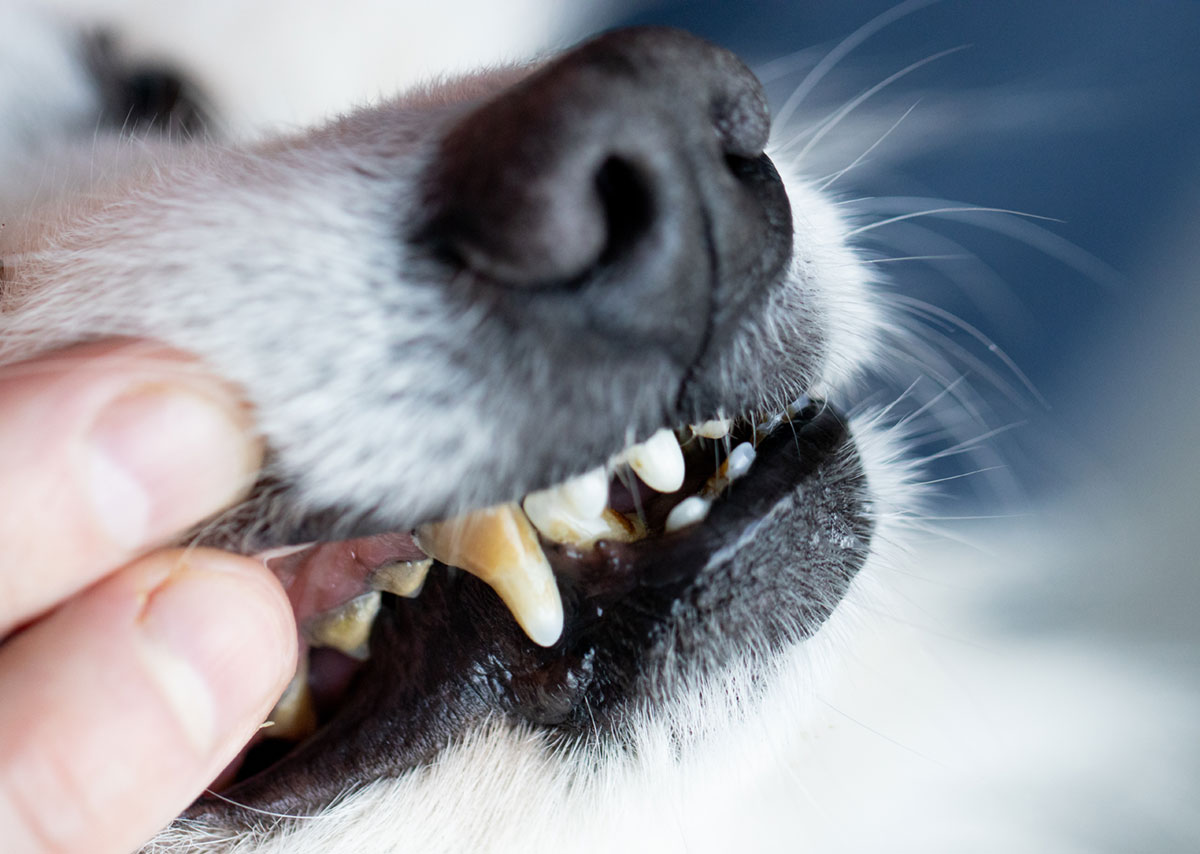
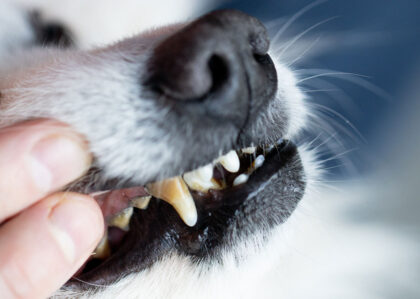 Tartar in dogs is caused by a combination of factors. During eating, food components, mixed with saliva and bacteria found in the mouth, form plaque on the teeth. The bacteria in these deposits produce acids that attack tooth enamel and foul-smelling gases that lead to bad breath.
Tartar in dogs is caused by a combination of factors. During eating, food components, mixed with saliva and bacteria found in the mouth, form plaque on the teeth. The bacteria in these deposits produce acids that attack tooth enamel and foul-smelling gases that lead to bad breath.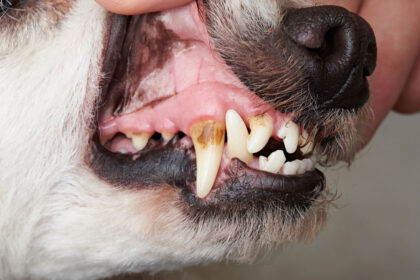 A dental cleaning at the vet can be a solution. Dogs usually react very stressed to the unpleasant treatment, which is why general anesthesia is necessary to prevent panic reactions and injuries to the dog and the veterinarian due to resistance.
A dental cleaning at the vet can be a solution. Dogs usually react very stressed to the unpleasant treatment, which is why general anesthesia is necessary to prevent panic reactions and injuries to the dog and the veterinarian due to resistance. Before considering an alternative method, it is important to feed the dog properly and give it suitable and natural chewing material. This is essential to a naturalNatural dental care only works if the entire chain is natural and species-appropriate. That’s a prerequisite! A pill in the food and plaque disappears like an annoying headache—no, that doesn’t exist.
Before considering an alternative method, it is important to feed the dog properly and give it suitable and natural chewing material. This is essential to a naturalNatural dental care only works if the entire chain is natural and species-appropriate. That’s a prerequisite! A pill in the food and plaque disappears like an annoying headache—no, that doesn’t exist.